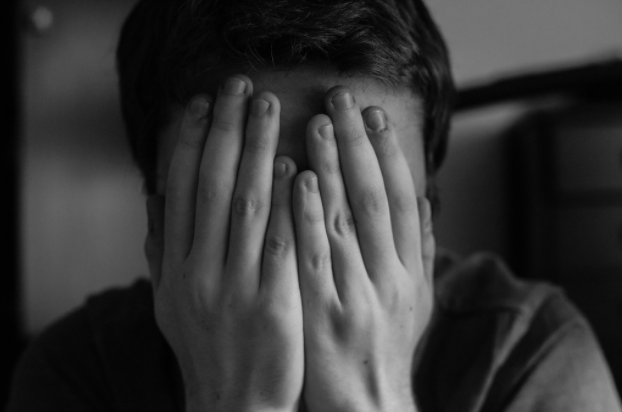The Truth Behind Sexual Harassment on Campus
September 28, 2021
In the United States alone, 62% of female students and 61% of male students have experienced sexual assault or harassment by the time they reach college. Sexual harassment is defined as unwelcome sexual advances, requests for sexual favors, or any other verbal or physical conduct of a sexual nature performed without consent. In other words, anything that is non consensual can and will be classified as sexual harassment.
Unwanted pressure, remarks, sexual looks, comments, gestures, cat calling, and looking someone up and down is sexual harassment. Taking unsolicited pictures of someone also falls under this umbrella. Harassment of any, but specifically this sort, should never happen. Unfortunately, it does anyway.
On a school campus especially, it is an incredibly prominent incident, with more than 11% of all students experiencing rape or sexual assault. Only 20% of female students between ages of 18-24 report their assault to authorities, and nearly half of students in grades 7-12 report facing sexual harassment.
It is also very common that members of the queer community experience sexual harassment. This includes 12% of transgender youth being sexually harassed. Reportedly, 46% of bisexual women have been raped, compared to a 17% of straight women and 13% of lesbians. A staggering 40% of homosexual men and 47% of bisexual men have experienced sexual violence other than rape, compared to 21% of straight men.
At its core, unwarranted sexual advances are a blatant violation of someone’s rights as an individual. Sickeningly, victims of sexual harassment are too scared to come forward due to a fear of what their abuser will do to them or loved ones if they do report. Additionally, victims may be fearful of not being believed, and they figure it is easier to keep it to themselves.
However, internalizing their trauma and issues can lead to bigger issues. This sort of inflicted trauma can lead to anxiety, depression, panic attacks, and even PTSD. It is more common than not that a report of harassment may be doubted or questioned by the public eye. In one case, a judge asked a woman in a trial why she couldn’t have kept her knees together to avoid the encounter all together. Many victims are told that they “should have kept their legs closed,” or that they “shouldn’t have worn such a revealing outfit.” This sort of thinking is skewed and incredibly wrong and incorrect.
The argument comes down to the fact that no matter what people have worn, they have still been sexually assaulted. In many districts worldwide, there is not a great support system for the victims of harassment to fall back on. This much should be clear when the statistics of how many students have experienced such events comes to light.
At our campus, there are those who report seeing or experiencing sexual harassment first hand. Some of these people even report not knowing that they had been sexually harassed until they did more research on the topic. I spoke to an anonymous source about this increasingly worsening situation. “I am constantly seeing girls here being harassed.” They told me, “The sad part is that most of them think it’s normal behavior. They don’t realize that they’ve been harassed until way later.”
I asked the same person if they could recall a specific event on campus that they saw something happen. “I remember one day, I was standing outside of the library with a few of my friends, and I watched someone get hugged from behind,” they told me. “It made them visibly uncomfortable, and I wish I had called the guy out. There is so much more that I’ve seen, and things that have happened to my friends.”
“There was a time that I saw kids spreading a girl’s picture around their friend group.” Another source reported. “I told the teacher about what I had seen afterward. My heart goes out to the girl in the picture, though. I doubt she knows what’s going on.”
This sort of thing clearly happens too often at campus. Something that is so terrible and destructive has become so normalized around schools around the world. So, if you see someone being harassed, speak up. It is important to let them know that they aren’t alone, and together, we can only hope to put a stop to an all too common occurrence on our campus.



